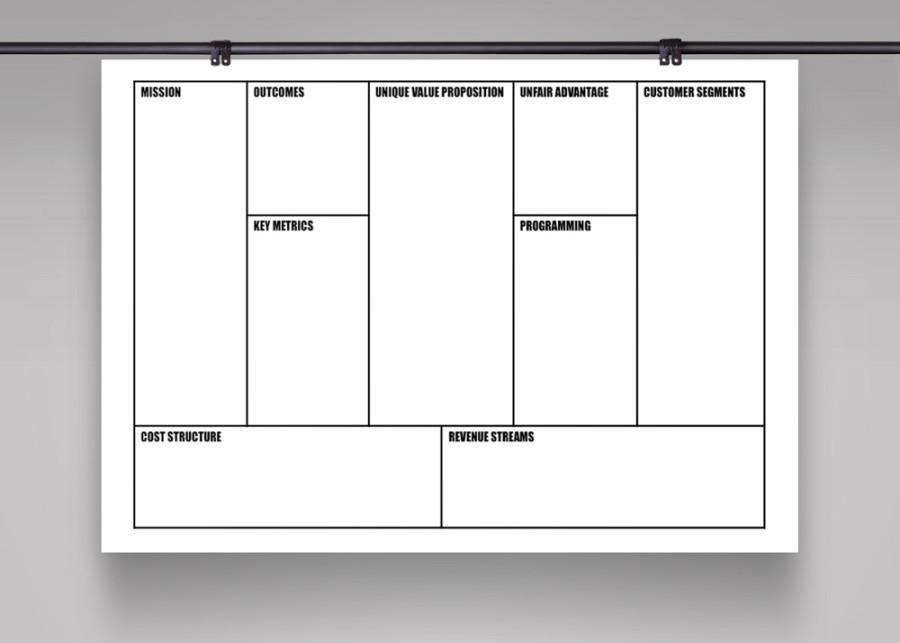I went to a luncheon a few weeks ago on an “Innovation District” that Chattanooga is creating. In that luncheon, the words “Start-Up Entrepreneur” were said no less than 15 times; seriously, I stopped tallying after the 15th. When the buzzword about town is not “art” or “symphony”, it’s easy to dismiss the other and get peeved that seemingly no one is paying attention to the work you’re doing.
But, in an April, 2015 post from American’s for the Arts ARTSblog, Floyd Hall, the Interactive Media Manager for Atlanta’s WonderRoot, Floyd steals creatively borrows a great strategy from the world of start-up entrepreneurship. Entrepreneurs, by the nature of their business, need to be very forward thinking and able to see all aspects of an idea or company in order to pitch to investors. Arts groups, too, need to be forward thinking and see all aspects, but sometimes get bogged down in the day-to-day operations of getting the program to print or sending in the grant request.
Entrepreneurs use a roadmap to develop their idea; Ash Maurya is credited with developing the Lean Startup Canvas, a revision to the Business Model Canvas developed by Alexander Osterwalder applied to lean startup methodology and with some tweaks, Floyd applies it to Arts Organizations.
Floyd swaps out the Entrepreneur’s Problem and Solution for Mission and Outcomes and creates a very handy logic model for creating and assessing community engagement and education programs and concerts and other events. In planning for the next season at the Chattanooga Symphony & Opera, I’ve been using Floyd’s modified Lean Arts canvas to assess new programs and it’s given me opportunities to be forward thinking and see all of the logistics and aspects of the program before I start to implement it.

Hi Sarah, the Lean Canvas is a wonderful tool. You might also like to take a look at the Social Lean Canvas (https://socialleancanvas.com/). It’s another adaptation of the Lean Canvas but aimed at social enterprises – start-ups with social or environmental goals. I believe all arts organisations exist primarily to deliver social impacts and so this is also a very practical and useful tool. The way it is set out the organisational purpose is in the top-left corner and the end impact in the bottom right. Everything that happens in between should represent a logical progression from one to the other. It’s a great way to focus discussion in a group session with a large laminated canvas and a big pile of Post-it notes!